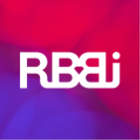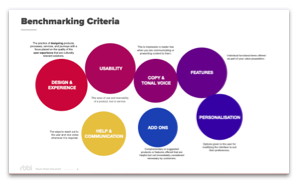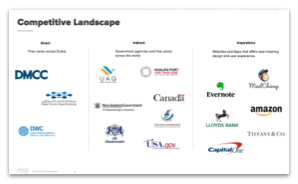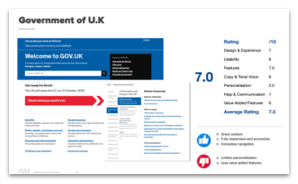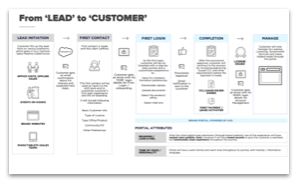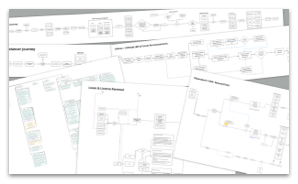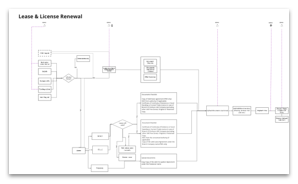TECOM Group
Tecom Group manages 10 freezones in and around Dubai. As pioneers in the freezone business community concept in the region for the last 20 years, Tecom Freezones host top blue-chip global brands and new-age startups in the region. As business processes, including regulations of the UAE, evolved over the past few years, so have customer expectations. Tecom Group was facing tough competition from many new regional and global business communities. The group ventured on a journey to innovate the way businesses open, operate and manage their operations in all Tecom Freezones. RBBi got selected after a long and rigorous 5-way pitch process.
COMMUNITIES
OPERATIONAL
JOURNEYS
Optimising the Business of Businesses
The need was to reinvent the entire customer journey of every business and partner within these communities. That included but was not limited to lead generation, business opening process, office/warehouse selection, leasing, managing employee visas, day to day government-related employee services, upsizing / downsizing leasing requirements, parking requirements, managing business partners, shares, moving of offices and closing of business. Other sub-processes were documented along with all nuances based on the nature of the establishment, channel used and each community.
The inconsistency in processes, messaging, tone of voice and overall customer touchpoints were some of the other challenges faced by freezones. Brand affinity and challenges of multiple brands with technology products and integration requirements added to the complexity of the scope.
Understanding the
Current State
The discovery phase started with stakeholder workshops and identifying various user groups and personas and challenges they face. All current state journeys and business challenges were documented with the help of stakeholders (marketing, sales, IT, legal, leasing, facilities management and senior leadership teams).
This was done as a channel-agnostic exercise so the customer’s digital and physical journeys could be analysed.




Giving Voice to Real
Users and Their Pain Points
Every business community consists of various users at various stages of the lifecycle. These include SMEs, Investors, PROs, HR professionals and business management consultants, retailers and ultimately, employees.
A series of focus groups and in-depth interviews were conducted to meet real users from various communities matching different personas to understand their expectations, mind maps and challenges. The entire analysis of user research was documented to be compared with business vision, expectations and KPIs. The needs of the customer changed from pre-sales to post business opening and employee management phase.
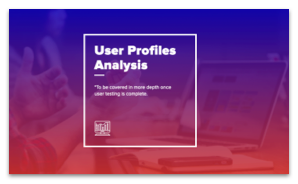
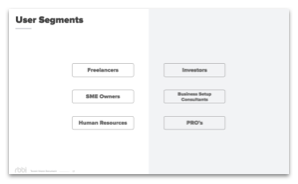
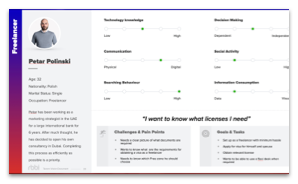
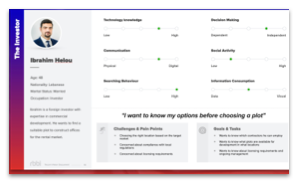
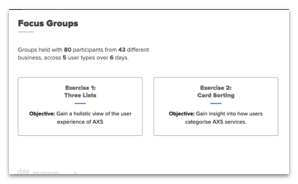
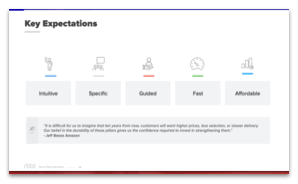
Competitor Analysis
Most customers compared their experiences with regional and international competitors. Analysing these competitors on a structured criteria matrix gave an understanding of how business communities were evolving and providing services to their customers.
Crunching Numbers and Data to Learn from The Past
Most services were designed to match legacy systems and offline channels and cover all exceptions, including regulations. Past data and analysis were used to understand patterns and trends and establish the culture of designing for the majority while accommodating anomalies.

Experience Strategy for Building Community
All business communities, specialities, customer segments and their lifecycle was a factor for the personalisation of services and the delivery of the service. The strategy was to create those ‘wow!’ moments as part of the overall customer experience. The discovery of relevant services was another key to overhauling the experience and reducing the time taken by the user.
As a part of the over-arching experience and to ensure stronger user-retention, a create market-place and value added services were embeded seamlessly in the journey. This allowed TECOM’s user-base, both existing as well as potential, to engage in conversations.
With the advent of a market-place, it also enabled TECOM to host several online-only services such as webinars and community events thus providing additional value adds to their core services.
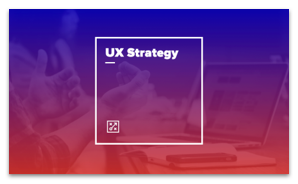
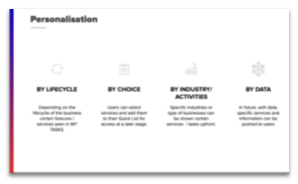
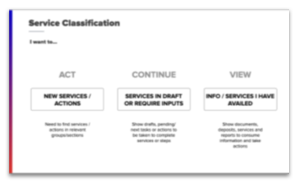
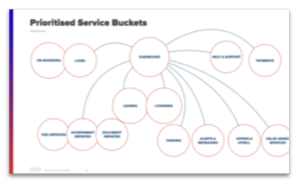
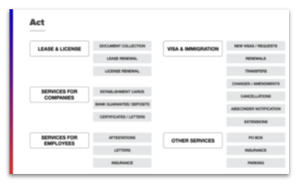
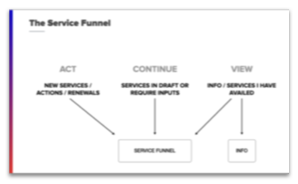
From Bird's Eye View to Each Cog in the System
Understanding the overall phases of every user segment, from being a lead to being a customer, was analysed for a single-point digital view.
New customer journeys and service maps were either re-engineered or optimised to match users’ expectations by removing all identified hurdles along the way. Some of the services needed to be merged, discontinued or relabelled for better discovery, efficiency, adoption and/or simplification of the experience.
Mapping these journeys and validation from all stakeholders, including legal, marketing, sales, leasing, and most importantly, real users, were done during various design sprints. The focus was on innovating for the future rather than adopting the legacy process to digital by mere automation.
Messaging and
The Tone of Voice
Along the way, each service, its touchpoints, status messages and labels and instructional messaging was defined. The tone of voice was documented for simplicity, consistency, familiarity and to match the user’s mind map.
Each touchpoint for different phases of each service was defined to reduce clutter. Every message was re-written to address the right audience using the right channel for every touchpoint.
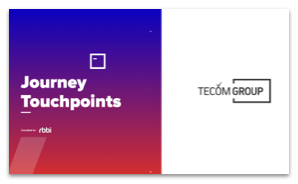
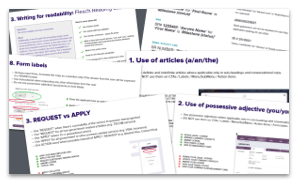

Wireframe, Validate, Design and Repeat
Dashboards and service journeys were run through a series of sprints to undergo wireframing, user validation and visual design phase. Each of these sprints was focused on reducing the friction and bringing the latest UX/UI trends to match users’ expectations. Accessibility and usability design standards were used to make the community more inclusive.
Having a modular and SAAS approach was key due to various business communities and branding requirements for each community. This goal was achieved by having a truly dynamic design system made for scalability and adaptability without losing its essence.


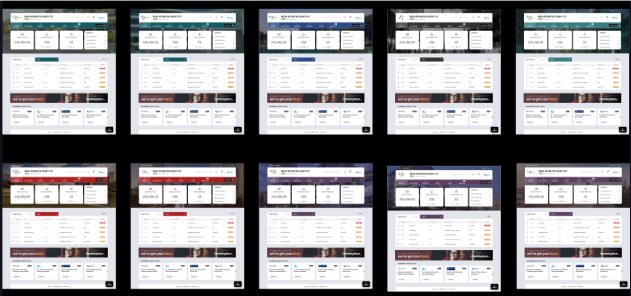
Track, Analyse and Improve
An inbuilt ability to track and optimise the journey with real data was inbuilt into the design of the system for future learnings and further optimisation.
